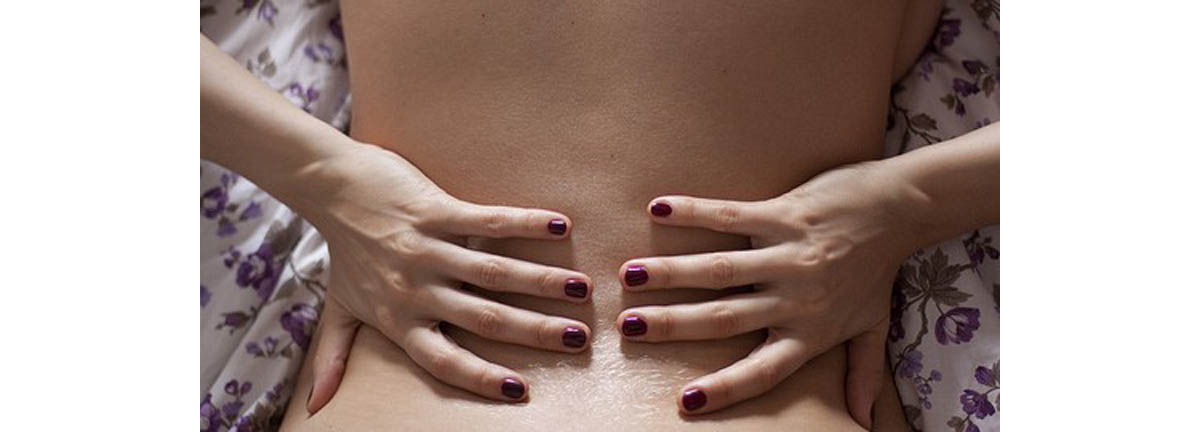Table of Contents
The menstrual cycle can be said to consist of two parts, the follicular phase and the luteal phase. We could also say that the menstrual cycle is made up of four parts, if we include the events of ovulation and menstruation. In the next section, we will take a detailed look at what happens during a menstrual cycle.

The follicular phase typically lasts between 10 and 17 days. It begins with the first day of your menstrual flow, which can last up to a week. While that is ongoing, around 15 to 20 follicles will be stimulated, on about day five of the cycle. One of those follicles will be dominant, and released as a mature egg during ovulation in that cycle. The follicular phase is dominated by estrogen, a hormone that stimulates follicles and helps the uterine lining grow. Estrogen also affects the cervix and cervical mucus.
Estrogen (or rather the active component, estradiol) peaks during the 24 hours before ovulation — before that one mature follicle is released. The peak of estradiol than triggers a surge in luteinizing hormone (LH): the signal that ovulation is happening! If you are using ovulation tests to try to get pregnant, it's interesting to know that your tests are actually looking for this surge in LH.
During ovulation, that one mature follicle that we talked about will release a mature egg, which is squeezed out of the relevant ovary and released into the fallopian tubes. Some women will experience the slight ovarian contractions that come with this event as ovulation pain — a reliable indication of ovulation for those women.
The luteal phase is the “second half” of the menstrual cycle. It is dominated by the hormone progesterone, and though its length can also vary per individual woman, it does so much less than the follicular phase. The most common luteal phase length is 14 days. Progesterone comes from a little “bag” that develops out of the ruptured follicle, and this is called the corpus luteum. Women who are using fertility charting with basal body temperature will be able to see the surge in progesterone by the fact that their basal body temperature has risen. This rise tells them that the luteal phase has commenced, and that ovulation is over and done with.
Things that tell you you are ovulating:
-
The surge in luteinizing hormone, which can be detected with ovulation tests (also called ovulation predictor kits).
-
The rise in basal body temperature, that tells you progesterone levels are rising. You won't know your temperature has slightly risen unless you use fertility charting. This method can be used to conceive more quickly as well as to avoid pregnancy.
-
Ovulation pain, which can come along with the ovarian contractions that happen as the egg is pushed into the fallopian tube.
-
Clear and stretchy cervical mucus. This “fertile cervical mucus” facilitates the easy entry of sperm, through the cervix into the uterus and then the fallopian tubes, where fertilization would take place.
If a woman didn't get pregnant during a cycle, the levels of both estrogen and progesterone will drop during the luteal phase. This, in turn, triggers the other hormones we talked about earlier — Gonadotropin Releasing Hormone and Follicle Stimulating Hormone — and cause a menstrual period. Then, you've got this story from the very beginning again. If the woman did get pregnant, yet another hormone, human Chorionic gonadotropin (hCG) will start being an important player. This is also the hormone that pregnancy tests measure.
- Photo courtesy of hammza on Flickr: www.flickr.com/photos/dhammza/5459115211/
- Photo courtesy of josefseibel on Flickr:http://www.flickr.com/photos/josefseibel/5537062003


Your thoughts on this